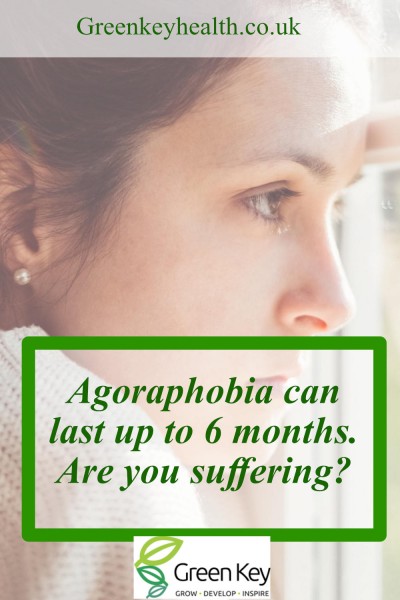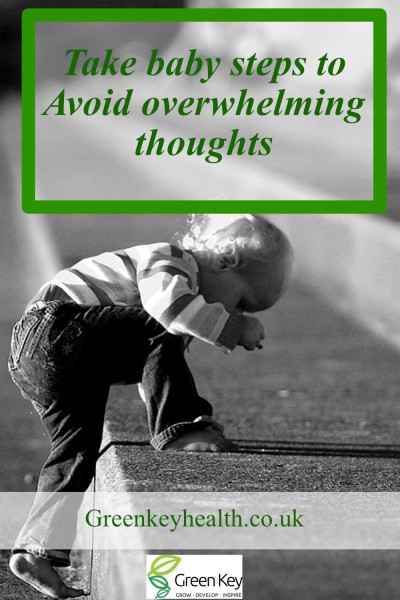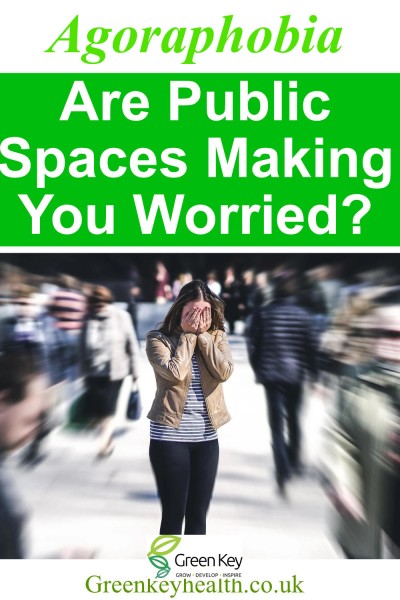
How are you feeling about returning to an office-based work environment and how you feeling about going out and about after the long period of social distancing and working from home? Do you feel anxious about getting on public transport? Perhaps you are feeling uneasy about meeting colleagues in person rather than from the safe haven of a computer screen?
Last month the prime minister, Boris Johnson announced that we can all start hugging again. The number of people that we can now safely meet has increased and finally some holiday destinations are opening up. Social contact and hugging are both essential to human beings. It is normal and natural that we meet others casually in the street, socially in pubs, clubs and restaurants as well as in our homes. Shaking hands, hugging casually, and briefly touching each other during conversation while sitting within reasonably close contact is a part of being human. Infact it is not only normal and natural it is essential to our wellbeing, and the sooner we start interacting physically as well as conversationally the better for our mental, emotional and physical health, irrelevant of which age group you fit into.
The thought of going out into crowded places to get to the office, take a lunch break and use public transport, for some after such a long break, might be overwhelming, causing anxiety attacks and even agoraphobia.
The essence of what is in this blog is to avoid underestimating the impact that not only Corona virus has had on the physical body, but on our mental and emotional health as well. Living in an environment of fear for the last year has taken its toll on many of us and the true impact of isolation, social distancing and other lockdown regulations may only be starting to show now.
What is Agoraphobia?
According to NHS England “Agoraphobia is a fear of being in situations where escape might be difficult or that help wouldn't be available if things go wrong. Many people assume agoraphobia is simply a fear of open spaces, but it's actually a more complex condition. Someone with agoraphobia may be scared of travelling on public transport.”
Very often with agoraphobia the:
- Fear or anxiety almost always results from exposure to the situation
- The fear or anxiety is out of proportion to the actual danger of the situation
- Often with agoraphobia you avoid the situation, you need someone to go with you, or you endure the situation but become extremely distressed
- These feelings of significant distress or problems with social situations, work or other areas in your life result because of the fear, anxiety or avoidance
- The phobia and avoidance can last up to six months or even longer.

Typical symptoms according to the Mayo Clinic include:
- Leaving home alone
- Crowds or waiting in line
- Enclosed spaces, such as movie theatres, elevators or small stores
- Open spaces, such as parking lots, bridges or malls
- Use of public transportation - a bus, plane or train
Classed as a mental disorder, Agoraphobia can have the same debilitating effects as other mental disorders such as general anxiety disorder, depression and panic disorder. Agoraphobic tendencies do not always show on the outside and someone who looks perfectly balanced and normal may also be suffering from fear of going out.
Do you resonate with this definition and are you feeling insecure, nervous and perhaps even anxious at having to travel on public transport and go back into the office environment, or are you welcoming this development with open arms?
What can you do to help lessen any agoraphobic tendencies, such as the fear of not wishing to leave home on your own, feelings of anxiety and panic attacks?
Five tips to help if suffering agoraphobic tendencies
1) Be understanding and empathise with yourself. Avoid berating yourself for not feeling confident to go “back to life as normal.” Covid lockdowns have had profound effects on many. You may look at others and think “What is wrong with me that I cannot return to life before Covid as they have?” Avoid comparing yourself to others as you cannot know what they are actually feeling, and comparison only makes you feel worse. Encourage yourself through positive self-talk and recognition for the small steps you are taking to overcome your fears.
2)Take baby steps to avoid overwhelming yourself. Avoid trying to change everything overnight. Think of the steps needed to achieve the end goal and take one step at a time. Only when you feel comfortable with each step, go on to the next step, praising yourself as you move forward.

3) Practice deep-breathing. Deep breathing when done correctly, switches on the parasympathetic nervous system, helping you feel relaxed and calm and able to cope with whatever is happening to you or around you. Anxiety, fear and panic attacks all stimulate the sympathetic nervous system, better known as the fight or flight response, which is why it is important to reverse this process by switching on the parasympathetic response. The most important point to remember about deep breathing is that the out-breath should be longer than the in-breath. For example, breath in for 5 and out for 8 counts, or in for 7 and out for 11 and so on. It does not matter how many the count is, what matters is that you focus on breathing in through the nose and out through your mouth. Doing this for about three minutes will quickly put everything back to feeling calmer creating a clearer perspective of why you are feeling fearful and perhaps overwhelmed.
4) Notice the patterns and what triggers you. Observing and noticing if there are specific triggers to your agoraphobic tendencies is important to understanding how to address these triggers to decrease the impact they are having on you. Decreasing the impact, might be as simple as not subjecting yourself to it, but it might not be possible to avoid the situation altogether and therefore you have to decide on the steps to put in place to help you overcome and change the pattern that results from the trigger. For example, the trigger might be the fear of travelling by bus. To change the pattern, can you use a bike, walk or get a lift with someone?
5) Share your concerns with someone. Try not to bottle up your fears, talk them through with someone that you trust. This can go a long way to helping you feel you are not strange or abnormal and can help you think it through rationally finding ways to overcome any anxiety and fearful thoughts.
Tuning into your fears and addressing them by listening to your body and mind can be very insightful and helpful in finding the way to overcome these tendencies. Kinesiology, especially Therapeutic Energy Kinesiology can also be very helpful, firstly because the memory of the fear is released from the muscles and secondly because the use of orchid essences supports the work done in the kinesiology session to address the emotional aspect of what is causing the fear.
Click here to book a Kinesiology appointment with Rachel
NEW HERE? I WRITE ABOUT HOW TO TAKE A HOLISTIC APPROACH TO HEALTH AND WELL-BEING, TO TREAT ILLNESS AND HELP YOU BE THE BEST YOU CAN BE. YOU CAN READ SIMILAR BLOGS HERE:
Food For Thought - Mindful Eating
Spring Cleaning and Detoxification
Celebrating the Magnificence of Womanhood
Simple Steps to Mental Wellbeing
Rise & Shine to Inspire your Children During Lockdown
Everything You Need to Know about Intermittent Fasting
Traditional Ayurvedic Home Remedy for Colds and Flu
Benefits of Vitamin D in Immunity and Protecting against Depression
Fermented Foods – A Simple Way to Good Gut Health
The Fear Factor – What’s Holding You Back?
DO YOU LOVE PINTEREST AS MUCH AS I DO? PLEASE PIN ANY OF THESE GRAPHICS!





Add new comment